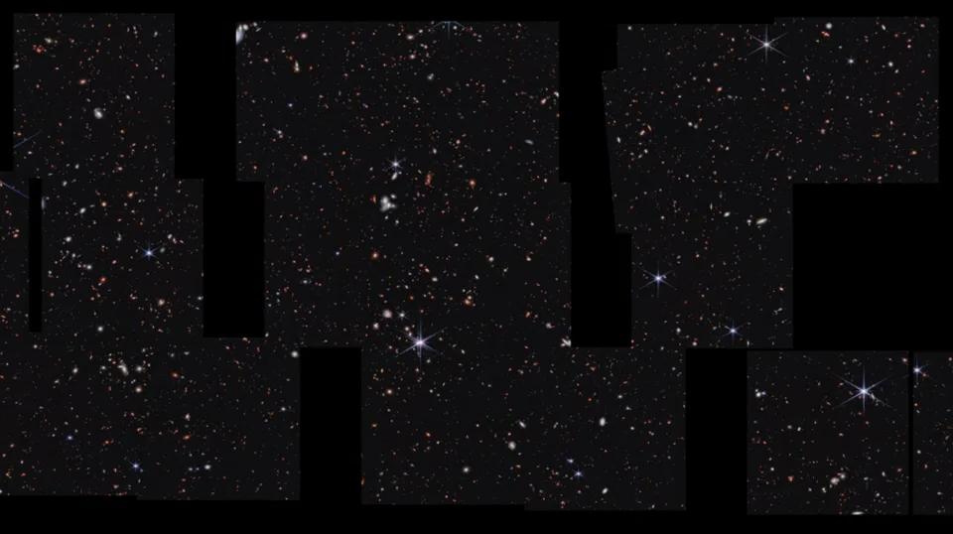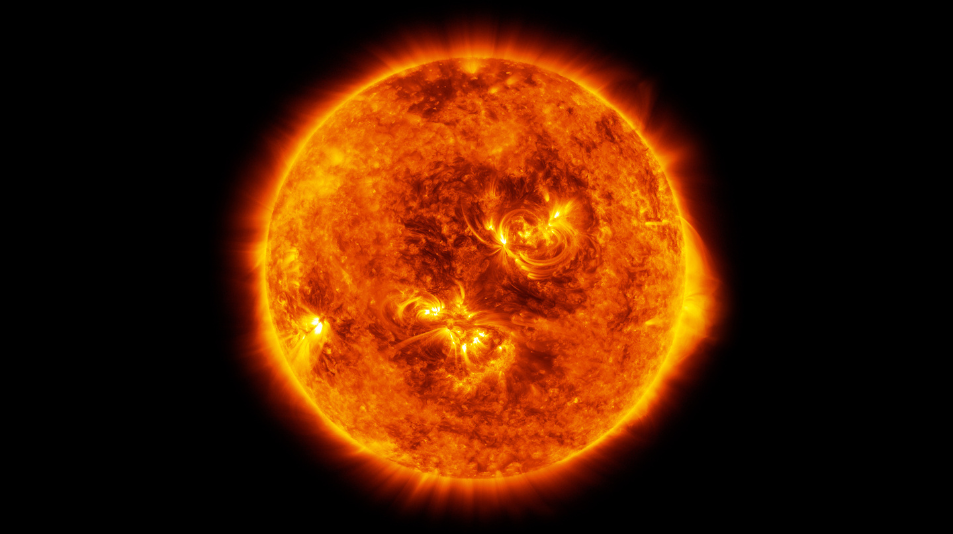
Webb Space Telescope Discovers Most Distant Supermassive Black Hole Ever Seen
In another stunning revelation, the James Webb Space Telescope has spied a supermassive black hole. This celestial monster, active and distant, is further than any previously observed.
A Glimpse into the Ancient Universe
The black hole is located within CEERS 1019, an incredibly ancient galaxy likely formed 570 million years after the big bang, making it over 13 billion years old. Scientists were surprised to discover the relatively small size of the black hole at the galaxy’s centre.
A Dim, Distant Black Hole
“This black hole weighs in at about 9 million solar masses,” according to a NASA news release. This is significantly smaller than other black holes from the early universe detected by other telescopes, which typically contain more than 1 billion times the mass of the Sun.
The Power of the Webb Telescope
The Webb telescope’s prowess in pinpointing this faint, far-off black hole speaks volumes about its ultra-sensitive instruments. These tools excel in unmasking light that would otherwise remain hidden from view.
Unravelling the Mysteries of the Universe
Researchers not only pinpointed this fascinating black hole but also discovered two others nearby that appear to have formed about 1 billion years after the big bang. These were also lightweight compared to others from that period.
New Galaxies and Black Holes
Eleven new galaxies were also recorded with evidence from Webb’s Cosmic Evolution Early Release Science, or CEERS, Survey. The relatively small size of the black hole at CEER 1019’s centre is a mystery for scientists, and it’s not yet clear how such a small black hole formed in the early days of the universe.
Changing Our Understanding of the Universe
Seiji Fujimoto, a NASA Hubble Fellow at UT Austin, suggests that these galaxies, and potentially others yet to be discovered, could revolutionise our grasp of star creation and galaxy evolution across cosmic history.
In essence, CEERS 1019’s black hole might not hold the title of ‘most distant active supermassive black hole’ for long. NASA reports that astronomers are already scrutinising data that may reveal even more remote black holes in the coming weeks.


